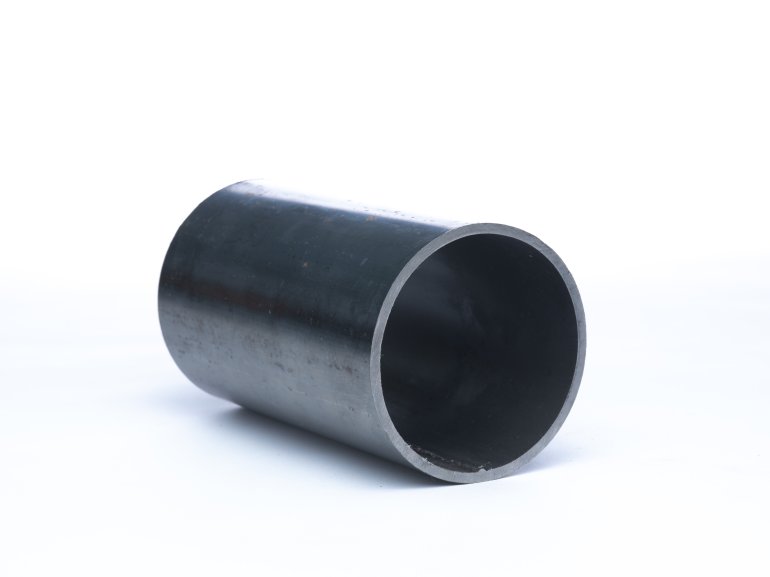Types of hollow sections
The three main forms of structural steel hollow sections include rectangular (RHS), square (SHS), and circular (CHS). Other forms include I/W/H-shape, C-shape, L-shape, and T-shape. Each form has unique properties, benefits, and purposes.
Rectangular hollow sections
Rectangular metal hollow sections are usually used for construction, mechanical, and structural purposes. These are the more economical and structurally sound choice for some construction applications, especially when extensive joining and welding is to be done. Their clean shape and sleek form also make RHS suitable for architectural aesthetics.
Square hollow sections
Square structural steel hollow sections are somewhere in between RHS and CHS, as far as aesthetics, mechanical properties, and structural behaviour are concerned. These sections are known for having a symmetrical appearance and a flat surface which requires very little, if any, edge preparation. SHS are ideal for welding and joining. They’re also an excellent choice if you’re looking for hollow steel sections for structural use that offer a good balance between aesthetic appeal, functionality, and strength.
Circular hollow sections
The first type of hollow metal sections ever made, circular steel hollow sections have clean, consistent lines, superior smoothness, and no protruding or sharp edges. These sections are often used for construction, mechanical, and structural purposes.
![]()


.webp)